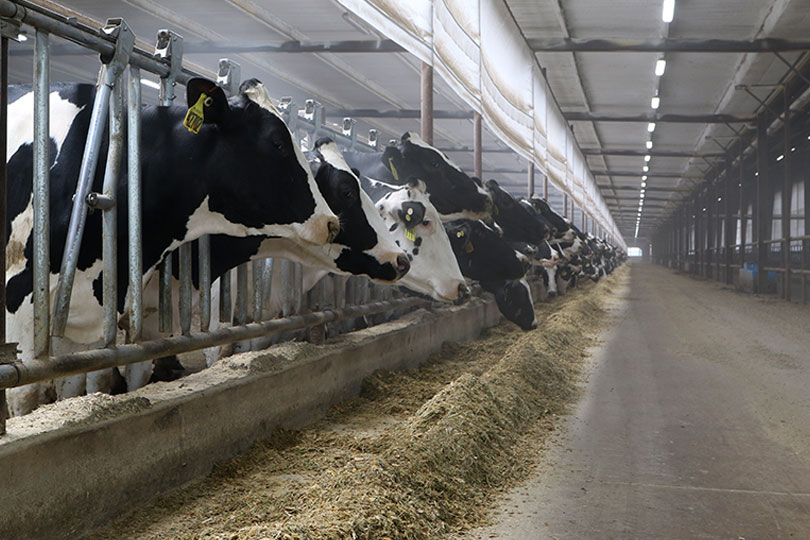Texas is one of several states participating in a voluntary U.S. Department of Agriculture (USDA) pilot program to test bulk milk tanks on dairy farms for highly pathogenic avian influenza (H5N1).
Farmers in the program will be able to move their herds across state lines without additional testing after bulk milk tanks or similar representative samples test negative for H5N1 for three consecutive weeks, according to USDA.
Interested farmers can enroll in the program by contacting their USDA Animal and Plant Health Inspection Service (APHIS) area veterinarian in charge or state veterinarian. A herd monitoring plan for sample collection and testing will be developed with the farmer and state and APHIS officials.
The plan will include biosecurity, movement, sampling and testing parameters.
For more information, visit aphis.usda.gov.
Disaster assistance through ELAP
USDA is also accepting applications through its updated Emergency Assistance for Livestock, Honeybees, and Farm-raised Fish Program (ELAP) to provide financial assistance to eligible dairy farmers who incur milk losses due to H5N1 in their dairy herds.
“USDA remains committed to working with producers, state veterinarians, animal health professionals, and our federal partners as we continue to detect the presence of H5N1 in dairy herds and take additional measures to contain the spread of the disease,” U.S. Secretary of Agriculture Tom Vilsack said. “When something unexpected, like H5N1, threatens the economic viability of the producers we serve, we are committed to finding ways, where we have the authority to do so, to revisit existing program policies and provide the financial support needed to help producers recover and sustain production.”
ELAP provides emergency relief to eligible producers of livestock, honeybees and farm-raised fish to assist with losses due to disease, adverse weather or other conditions, such as wildfires, that are not covered by other FSA disaster assistance programs.
H5N1 infections have been detected in 12 states including Colorado, Idaho, Iowa, Kansas, Michigan, Minnesota, New Mexico, North Carolina, Ohio, South Dakota, Texas and Wyoming.
The per cow milk loss payment due to H5N1 will be determined based on an expected 21-day period of no milk production when a cow is removed from the milking herd, followed by seven days when the cow has returned to milking but produces 50% of the normal amount of production.
To apply, dairy farmers should contact the Farm Service Agency at their local USDA Service Center.
Enhance on-farm biosecurity
Vilsack noted that detailed epidemiological analysis showed the “disease likely spread between dairies in a community through normal business operations such as the movement of people—unintentionally on items like clothing or shoes—vehicles, and equipment coming and going on a farm.”
USDA encourages dairy farmers to enhance biosecurity efforts on the farm, such as thoroughly cleaning and disinfecting parlors, equipment, clothing, and vehicles; separating sick cows and limiting movement of cattle; wearing and disinfecting personal protective equipment; and limiting traffic onto the farm.
Food safety
USDA continues to stress the safety of the milk and food supply.
“When it comes to food safety, studies have confirmed that our system is working well and that America’s food supply remains among the safest in the world,” Vilsack said. “USDA scientists are also working with partners to develop a cattle-specific H5N1 vaccine, an important tool to eventually help to eliminate the virus from the nation’s dairy cattle herd, but that process requires many steps and will take time.”
Click here to learn more about USDA’s response to H5N1 in dairy cattle.


Leave A Comment